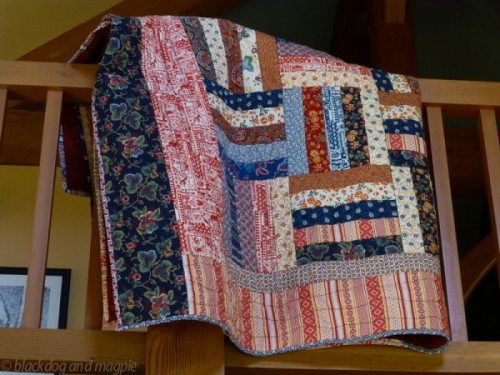I’ve always had an unreasonably intimate, if somewhat stormy, relationship with punctuation.
On one hand I want punctuation to make sense — to be useful, predictable, and consistently applicable. On the other hand I want to be able to make use of it for my own ends — to fudge, push, pull, invert, and subvert its prescribed and proscribed uses. To make my particular meanings just a little clearer. I want to instruct my reader in how to breathe my prose. In how to inhale its meaning and to exhale its sense.
I start messing around with punctuation right from the beginning, my usual drafts are hashes of fragments, repetitions, parentheticals, fragments, whizzes, bangs, splits, splotches, hen scratches and flyspecks. Type some words, throw down a comma to indicate a break in thought, add a dash — a minor detour if you will. Type some more words, drop in another comma for a slight turn to the left, use a period to mark the end of the whole thought and it’s trailing little brothers.
Then a new paragraph, or maybe an extra blank line if I’m really going to jump the hurdle and land in some entirely other field. I love ellipses, en dashes, em dashes, parentheses; all of the brackets — angle, curly, and square. Each little glyph adding, to my eye, a slightly differ flavor of pause or linkage. They create connections or disconnections between the little thoughts that flow and stumble out of my fingers.
Eventually I make a proper first draft out of my mess. Using scissors, tape, and several colors of highlighter I take all of the fragments and push them to and fro and make them stand in, if not straight lines, at least convivial groups. Marshal them and march them out on to the field. Much of my crazy, lazy punctuation disappears in this process. Not all of it. And some mistakes are made.
A recent round of editing led to questions about how, exactly, to punctuate dialog. Because I had written a whole story using my usual, utterly consistent form of punctuation. Which it turns out is wrong about half the time. Grade school failed me in so many ways.
Worse yet, my wrongness makes my favorite editor twitchy because it involves commas.
Now I like commas as much as the next writer. In fact I like them a little too much. I’ve been known to sprinkle them about in my writing like jimmies on an ice cream cone. With a free hand. But in dialog? I have a problem with them. I can never get them in the right place when it comes to the dialog tags. And now, after being asked specifically to go look the damned things up, I know why. It’s because the rules make no sense.
To wit: this is the simplest, correct punctuation of dialog with attributions.
“Go away,” said Tom.
“Go away!” said Tom.
“Go away?” said Tom.
That comma in the first example is the source of my anxiety:
“Go away,” said Tom.
Why pray tell does the simple declarative sentence lose it’s simple declarative punctuation (the period) and get saddled with the breathy little we’re-not-done-here-yet comma? That comma leads me to expect that Tom is going to have more to say once we get done identifying him. That what’s coming up is more like:
“Go away,” said Tom, “I’m not finished wrapping your birthday present.”
Meanwhile, the exclamation and the question get the full dignity of their true it’s-all-over punctuation marks. But there’s no comma to set off the clause. Why? If there needs to be some sort of comma to set off the speaker’s words as a clause in the first example there should be a comma in the second and third examples. Why don’t we have:
“Go away!,” said Tom.
Or better yet…
“Go away!”, said Tom.
(Okay so we put the comma insides the quote because we always violate the order-of-operations and mis-nest our punctuation. We’re Americans. And we’re lousy programmers. That part I can usually remember.)
But still, why?
“Go away,” said Tom.
It completely baffles my sense of how punctuation should operate. It’s taken me almost 50 years to finally get this ludicrously illogical rule straight in my head.
But now that it’s lodged up there, I promise that I will do my best when re-working my dialog to forgo the humble period and to get all the commas lined up on the right sides of the quotes. Because misplaced commas make my favorite editor twitch and he has enough twitches already.
